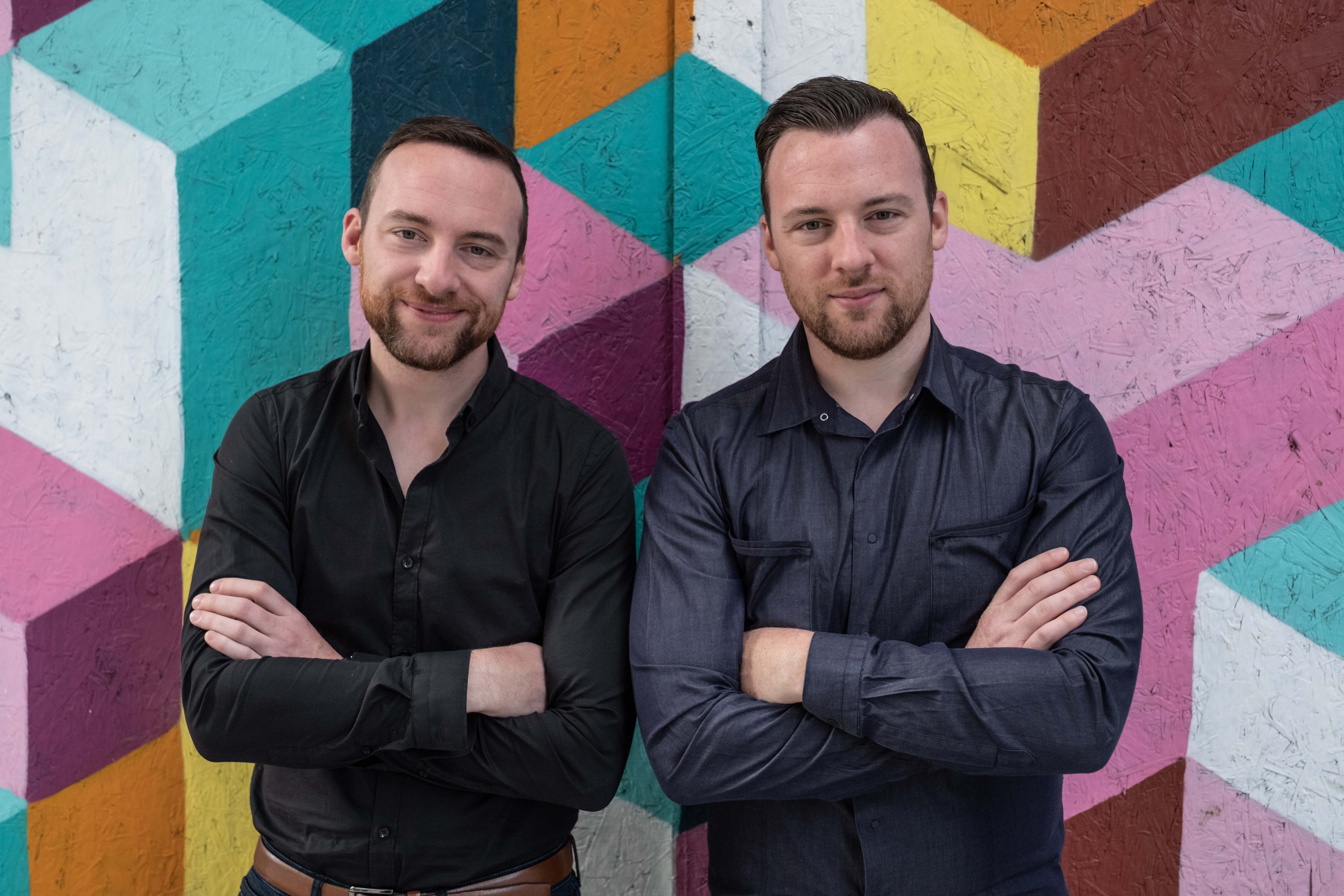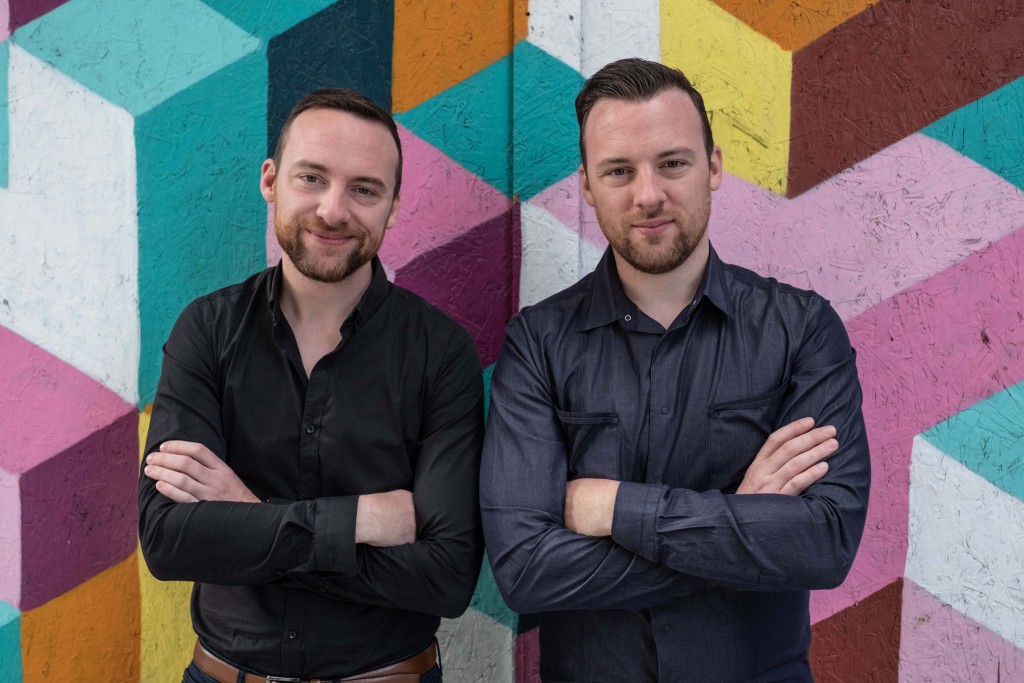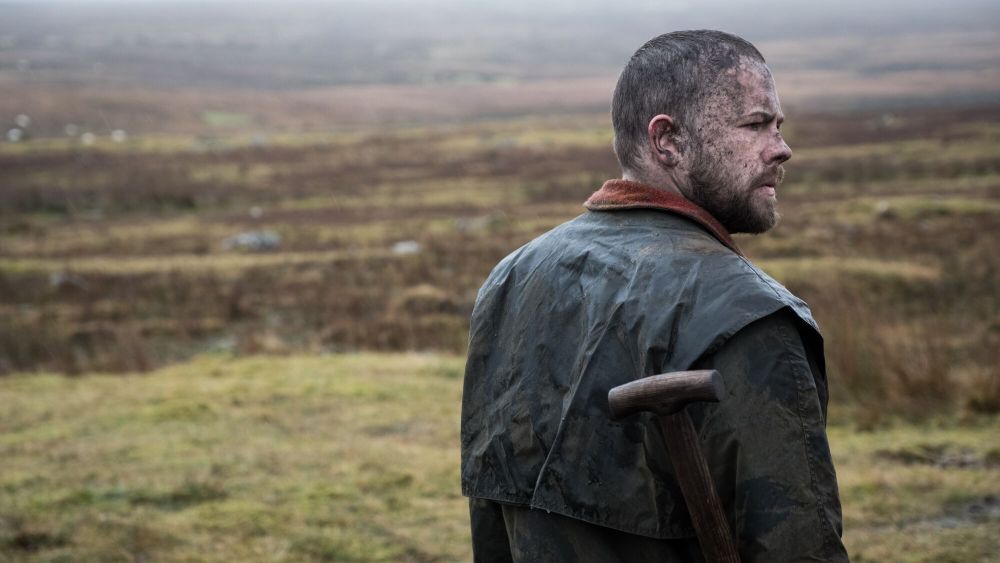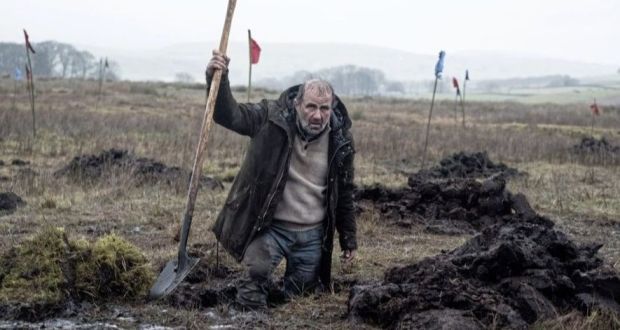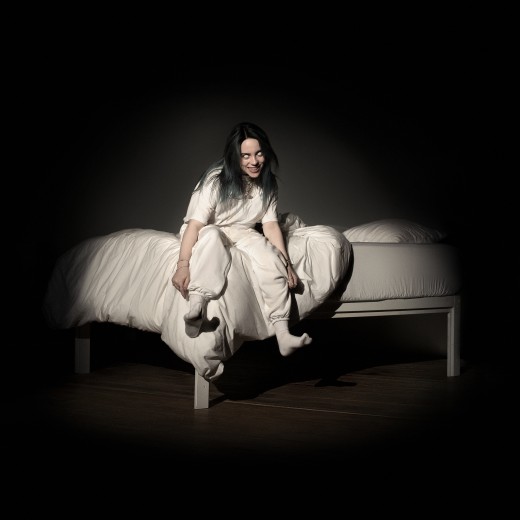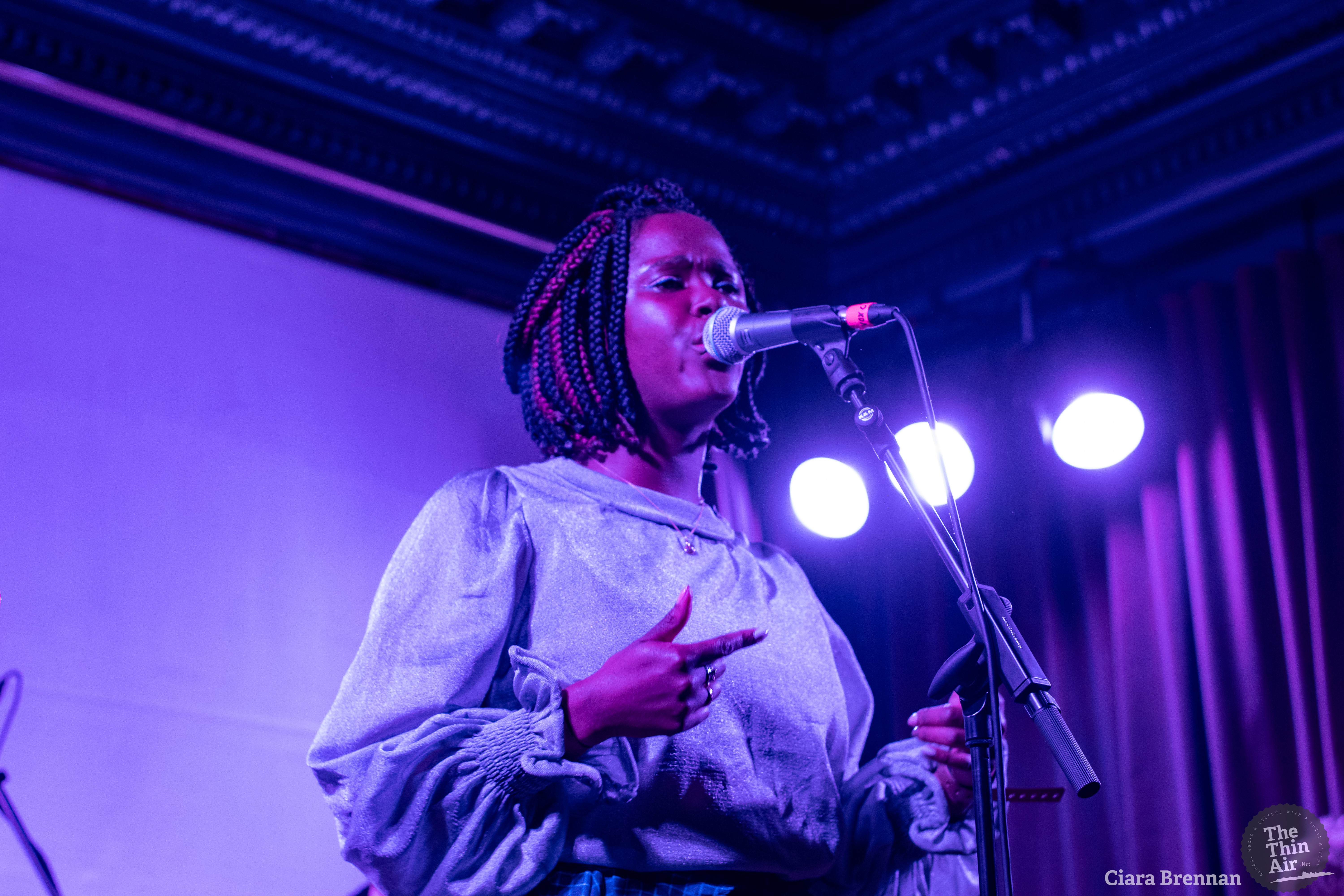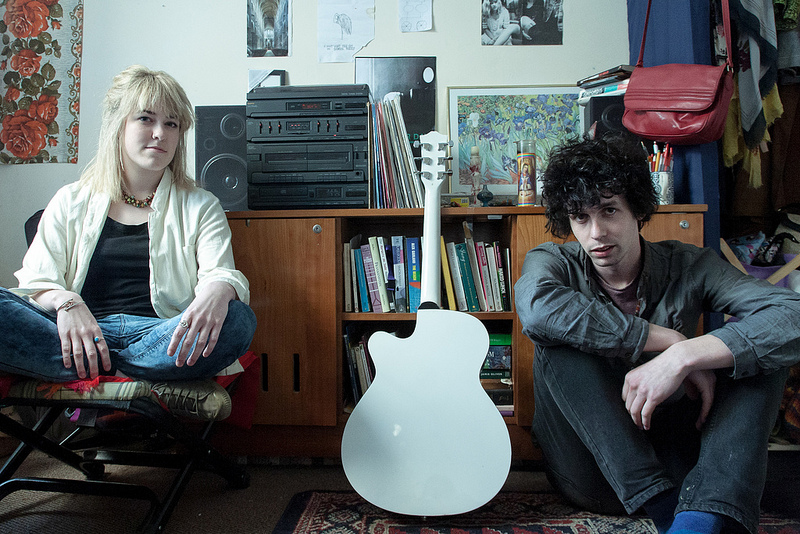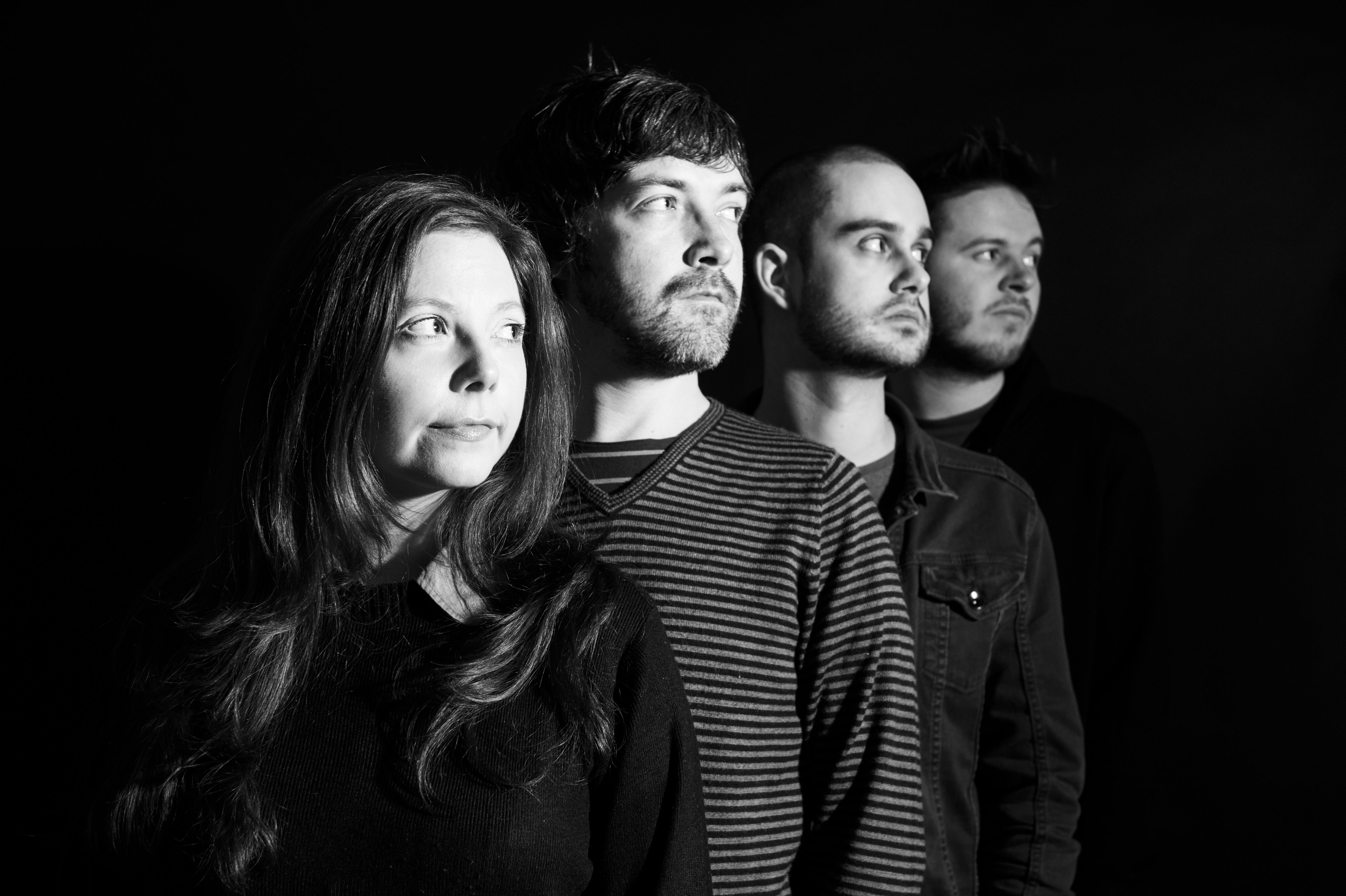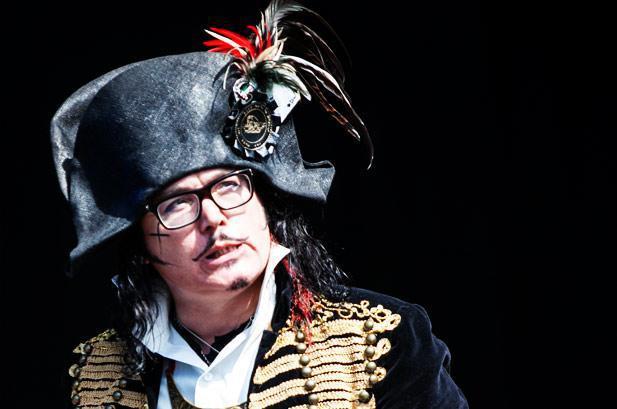Digging up the past is dirty business.
Northern Irish indie The Dig, the first feature from brothers Andy and Ryan Tohill, brings viewers out to the bog, for a grubby, mucky, effective drama of guilt and redemption. Written by Stuart Drennan and assisted by NI Screen, the film stars Moe Dunford as Ronan Callahan, a convicted murderer with a memory problem who returns to his small Irish village and finds the father of his apparent victim (Lorcan Cranitch) on an obsessive quest to unearth his daughter’s body. Flagged by Emily Taafe as the victim’s sister, and Francis Magee as a menacing Sergeant, the repentant Ronan picks up a spade and gets to work in the bog. We’ve seen it, and we dug it.
We spoke to the Tohill brothers about a debut thousands of hours in the making.
We’ll start with yourselves. You grew up in Belfast. Were you interested in films and making them when you were young?
Ryan: I think our film love started at a very early age, like 10, 11. We actually started making movies at 11 years old. 1995, Christmas Day, our father got a camcorder for Christmas and we can’t really remember what else we got because we just took that camcorder round the town and started making films with our brothers and our friends and slowly but surely we started to get more seriously about it. We started acquiring our own kit, our own cameras and building more equipment and then getting involved with Cinemagic and we won a couple of awards and then that got our foot in the door with NI Screen, short film scripts with them.
Between doing films with NI Screen we were also making our own independent ones as well and then from there we ended up getting a foothold in the industry professionally, working on sets, on crews. Andrew started as an AD and moved in Post Production and I started in the art department and stayed there. We’ve been working in the industry about 10 years each, so collectively about 20 years together.
Andy: Feature films had always been the end game.
So you had this in your mind the whole time?
Andy: The dream was screening here in Belfast, last year at the festival and now for it to actually get a cinema run across Ireland is unbelievable. It’s actually what we expected when we were kids, it’s actually more now, because it got into Toronto, we’ve been all round the world with it, we now have an LA agent and an LA manager, and we’re getting sent scripts all the time to find our next project. We’re developing 2 things at the minute, 2 new scripts, so it’s kind of dream come true.
When you’re working away all this time, are you planning something, are you planning what’s next?
Ryan: Yes we have a few stories that we’re developing, one in particular with a writer we’re keen on being our next film, but unfortunately that’s just sometimes not the way of it. You have to have multiple films going at the same time, some you’re more passionate about than others. It’s just a matter of which one bites first.
Andy: You have to find something that sparks your interest and it’s funny because the opportunity is coming a lot quicker, where something like The Dig, even though it was incredibly quick, it was still a year to get it to where it was, to be on the screen. Where now it’s like you get a script and they want to shoot in June and you read it over and you have to make a decision very quickly whether you’re in or not, which is something we’re adjusting to. It’s like it could be cameras rolling and you’ve got a months prep.
You want it to be more of a labour of love. Our next film has to be a labour of love, something that we are involved in from the ground level up.
Something like The Dig would have to be as well. That was a tough shoot, I would imagine.
Ryan: 18 days we shot it in, 75% exterior. The dark was creeping in at 3.30 so we didn’t have a lot of light. In November, you know. It was incredibly tough to schedule in that respect because the scales were tipped against our favour, it was predominantly Exterior Day, and we had to divie it between Int. and Ext. every day. We didn’t have that many interiors to shoot, it was tough and it was tricky. We had to think on our feet, “well could this Ext be an Int? What sort of ramifications if we change that in the story?”. So there was things like that that came our way and we have to think on our feet. But usually it was okay and we were very well prepped, like Andrew and I always say, this was made in our living room. All our arguments, all our discussions were had before we ever stepped foot on set.
Andy: But while you’re on that point, the years of experience of making shorts and having those arguments on set, like “this is not the place to be doing this, we should had this discussed while we’re putting pen to paper, or we’re thinking of the shot list”, so it was all learning, experience through the years making films so by the time we hit our feature we knew our formula, we knew how we worked together and get the best out of eachother.
Ryan: It’s just about the experience of being on sets. We’ve been working on sets for a long time, we know how every cog fits in the wheel, how every department works with eachother. So it was an invaluable experience just working on Game of Thrones and things like that, seeing how it’s done at the highest end and to be operating professionally in that environment, to take those traits and skills and apply them to your own film. It was the best academy for 101 film-making.
Probably a lot of people who are younger and trying to develop their film-making interest wouldn’t think that much about going to work on crews, they would do shorts and then try for a feature.
I’ll tell you, as a quote, I’ll say if there are any fledgling film-makers out there that are hoping to make their first feature film: get as much experience on set as possible and start very soon. It doesn’t matter if you’re pushing a broom round the stage floor. The sooner you get to understand how the factory works the better. A film set is where creativity and factory or industry lock heads, and it’s being able to manage the creativity with the elements of practicality; there’s so much engineering involved, technicians, you know what I mean. It’s like you’ve got the writer, the director, the DOP and the creative element, and then there’s a lot of technicians who don’t care about your film as much as you do.
The only way you’re gonna get their respect is not speak creatively to them, it’s to understand their role, in their language, because all that creativity and stuff, you keep that for the people who need it. But you gotta lead these guys and keep them happy, ‘cos the guy pushing the dolly doesn’t give a fuck about your film, you know what I mean? He’s just getting paid. But if you understand his job and you take the time to go listen, you good man, you got your marks and all, there’s a leadership quality there which is so vitally important. Znd that’s why, you get these film school kids and the only film sets they’ve been on are their two shorts that they’ve made before they made their feature and the whole crew hates them.
Can you talk about the working relationship between the two of you? Was it always the idea the two of you would do the film together?
Andy: Well, yeah, it’s one of those things where it’s just, we’ve always made films our way and there’s no real sense to it, it’s just something we understand. I touched on it earlier, about us learning through our mistakes, and getting better at understanding eachother. But then there’s also the element of, because we’re twins and we have the exact same taste in films, we see the visual world in the same way. I always say we have a symmetry in that we share the same visual vocabulary, we’re influenced by the same films, so when we’re depicting the scene–how we’re gonna cover it, how we’re gonna shoot it, how the camera moves–we always seem to think along the same lines. And if we don’t we can very quickly, in like a shorthand of description, inform the other one, this is how we should do it, and go “yes of course”.
There’s almost like a strange code between us that we can speak eachother’s language very quickly, we almost think the same. So that’s a big plus, and then our backgrounds, because Ryan has spent that time on film sets, thousands and thousands of hours, where I’ve spent thousands of hours in an edit suite. It’s a two-hander: he tends to run things like he said, talking to crew and stuff like that; I’d spend a lot of time with the DOP and monitor, because I know how the film’s gonna be constructed in my head and thinking about the edit. We have both corners covered.
Ryan: And then we divide the labour when it comes to actors. You know, there was times where I would work with Moe Dunford quite a bit, and Moe was incredible to work with, never a more ambitious and more dedicated actor. He gave everything to this film and you can see it on screen when you watch it. But Moe liked to ask a lot of questions, and he’s a very emotive actor and with regards to Emily [Taaffe], she’s very academic actor and she sees her process in a different way and I guess as a director you have to be malleable and understand how eachother’s processes work and how they react to eachother as actors.
So there were times where sometimes it worked where I went with Moe and Andy went to Emily they were getting dedicated direction, what they like, so it was an interesting dynamic. We were a tag tea and able to split our effort and dedicate our time to different actors depending on what they needed.
When it comes to performances, it’s not like the script has a lot dialogue. Lots of things that are implied, silences, that sort of thing. Did that make it more difficult?
Andy: I don’t think so but [….] do you know that old cliche “my character would never say that”, it almost came down to a time where Moe got so involved in the character he was like “I wouldn’t approach, I wouldn’t walk over”, so it actually became physical, it’s like he would analyse his character’s mannerism because he never felt, because of where the character’s going, the fact that he’s seeking redemption from this family, he never felt he would occupy the same space as them, he always kept a distance, kept that in his head. He’d always relate that to us and we would all be understanding that, so movements actually became incredibly important for Moe.
It’s a lonely sort of character.
Incredibly so. And Moe was, his touchstone for this character was the word “atonement”. He always felt like he was seeking to atone, that even though Callahan had done 15 years in prison, the character really hasn’t forgiven himself. And I think that to be there and punishing and he takes all the punishments and the burden on his shoulders right to the very end and I think that Moe really identified with that and brought so much of that to the page that, fair enough, it was there, but he really pushed that to the forefront of the character. And it was an amazing thing to see him find that nugget and really let it grow and all we could do was help nurture it.
Can you talk a bit about visual texture. You’re shooting in this landscape that would be very easy to become monotonous to look at, so much is in a similar kind of space. But watching it that didn’t come across, it came across as dynamic. So in terms of working with the cinematographer and thinking about setting up shots…
Andy: So that again came to our preparation because I remember we literally sat down with the script and working scene through scene, talking about our setups and our breakdown and how were gonna move the camera. And the amount of times it said “Ext. Bog, Day”, how in God’s name will we approach this scene. There’s a scene where they are actually in a hole together, which wasn’t scripted, but that was something we had to do, we needed to have a scene where they are in a hole and they’re right in eachother’s faces. We can’t keep having the same thing. So they occupy the same space.
It really is born out of breaking down the script and finding the emotional beats, literally what is happening to these characters, and we would write the beats at the top of every scene, and that really dictated how we would shoot it. If it’s about close quarters, for example, that scene is emotionally charged, it’s very physical. Ronan doesn’t have much to say.
One character is accusing another of something. How do we portray that. Let’s put them right at eachother’s noses, how do we do that? We put them in a hole together and make it really deep. We had them dig an extra deep hole. You can see they’re barricaded in this hole, so it was about finding things like that, how to always make it something different.
There’s a lot of moving between confined and open spaces. There’s the bog, the sky, and then there are shots in the hole, or the well, or the shower.
Very tight, claustrophobic almost.
That comes across in Moe’s character. He’s so closed off, he’s so isolated. But again, is that part of trying to make it bit more visually dynamic, and keep things changing?
Ryan: It was always very nice when we inside because we could do things a little different. We could take it down and we could slow the camera down, mount it on shoulder.
Andy: More of a sombre grace than some of the scenes on the bog that are a bit more rough and ready, more handheld.
Ryan: Also playing to the idea that in many ways he’s still in a jail cell. He’s locked in this house, he can’t go into town ‘cos everybody hates him. And it’s this oppressive feeling that this place he’s trying to sell, or fix up, is just bearing down upon him. And then when we get out, the call to arms so to speak, when he gets out of the well and he’s on the bog faced [with Sean], we have a big dynamic wide, and that’s their first opportunity. We understand that Moe is calling, add why he’s there, and I think that hopefully that comes across.
So he’s driven by a desire to atone for everything?
100%. That’s whole touchstone of the film.
Do you think that’s possible for a character like Ronan?
I think so, and I think that obviously with regards to his character, the man is plagued by the ambiguity of the night, and how the true understanding that he’s haunted by his absence of memory. And I think that memory plays a vital theme for his man, for every hole that he digs hopefully it’ll rekindle more of the events of that evening, so in many ways he, like the Sean character, is tortured for very different reasons.
But they’re both held prisoner by the land, and that was very important, that we made the land, made the bog, feel like a character, and this oppressive nature is keeping them there. It’s so vast, it’s almost like an impossible task.
Yes, you see his map with the co-ordinates, and it looks like this will take him forever. Were you tempted to shoot any flashbacks?
We resisted it.
Andy: Yeah, on earlier drafts we had entertained the idea. and we actually have to credit our script editor Katie Boyle who advised us against it, and to keep the story current and of the time, because so much of the past would be told in the present through performance.
Ryan: It felt like we would be cheating the audience if we took them back, patronising.
He can’t remember, so why should we.
Andy: Even right down to the dialogue, even the dialogue was quite scattered and vague. You know, when he’s “she ran off and I don’t know what happened” and that’s all you’re getting. There were so many different versions and it was like “I woke up on the bog”, you know, “they found me on the bog”, all of this. And sometimes people don’t discuss 15 years ago, it just turns into exposition. So it was very important that we kept it emotional rather than literal.
One last thing. So, obviously in this part of the world the idea of people digging up marshlands to find bodies has a larger historical resonance…
Yeah, it mean, I’ve always thought of the film as an analogy. Well, basically it was born out of the idea, the writer of the film Stuart Drennan, he’d seen a news report of “the disappeared”. And Stuart’s from Monaghan originally, and it was an interview with a grieving father who said that he doesn’t want justice, he just wants closure, and that became the whole inspiration for the story.
And where we see The Dig for us, someone who grew up on the end of The Troubles, post-conflict generation, the film is kind of an analogy of that, it’s an echo of it. It’s called The Dig, and people may bring certain expectations to it, but the new generation of people in Northern Ireland, new generation of film-makers, are not interested in the past. They’re interested in new stories with perhaps a slight echo of the past, which I think The Dig does. It may hint towards to, but it’s not about it. Conor Smyth
The Dig is released on Friday 26th April and will be showing at Movie House Cinemas and Queen’s Film Theatre, Belfast and Light House Cinema, Dublin. A special Q&A screening with the directors will take place at Movie House Dublin Road on Thurs 25th. Read our review of The Dig here.

